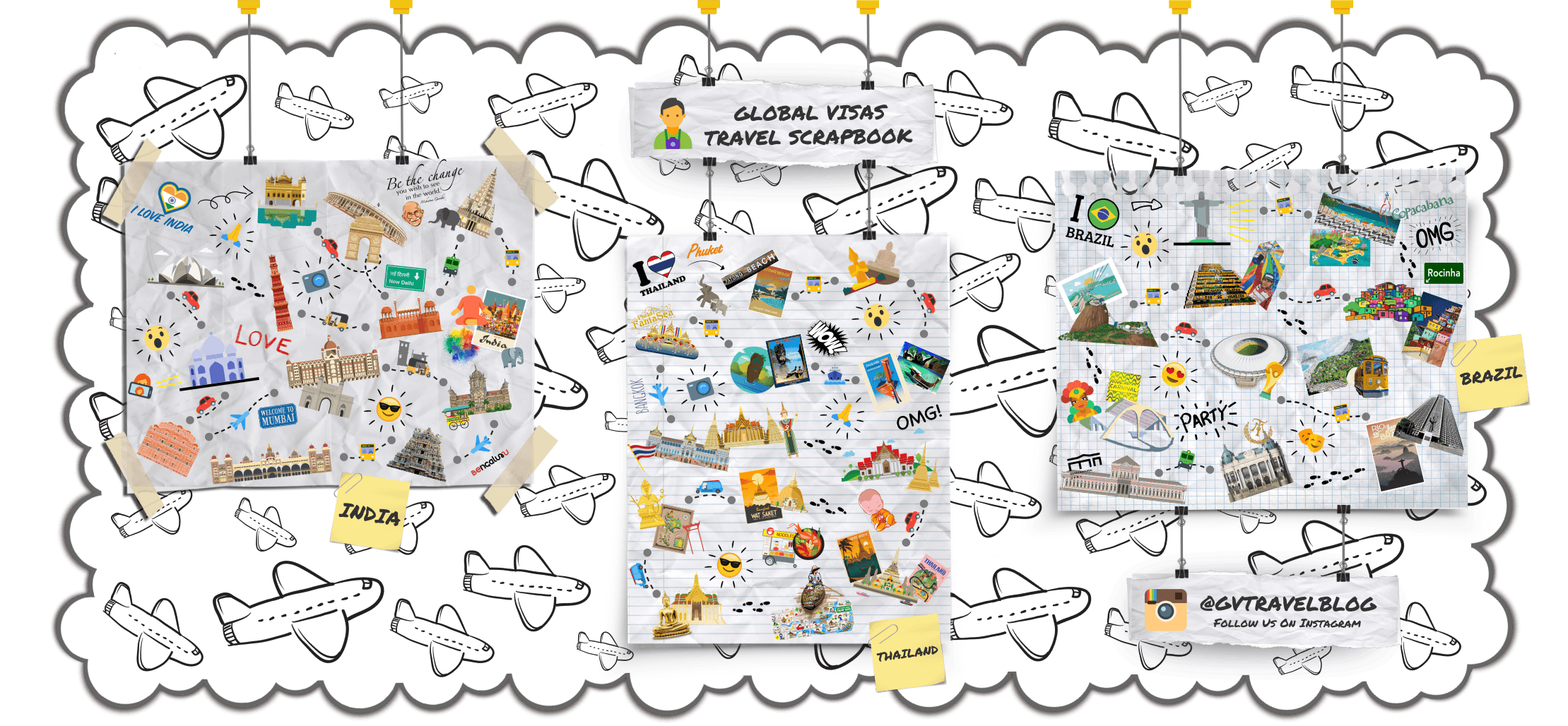BY TRAIN:
There is local train service, operating from Bar, through Podgorica and Kolasin and Mojkovac to Bijelo Polje. It is the cheapest way to travel from north to south and vice versa, the quality of service is not on the high level. The level of quality should be up with European standards.
Montenegro Railways has reactivated the train route to Niksic, providing a scenic and pretty cheap journey, without being slower than the bus.
BY BUS:
This may be the easiest way to get around Montenegro. Buses are frequent (especially during the summer), safe and are more or less on schedule. Ticket prices within Montenegro are all under €15. Examples of prices: Podgorica-Ulcinj €6, Podgorica-Cetinje €3, Cetinje-Kotor €5. Local buses usually have no airconditioning.
Besides the buses, there are minibuses at bus stations that are usually slightly cheaper, and are a faster and more comfortable option.
BY CAR:
As there is no real highway in Montenegro; most roads are two-lane only, with frequent addition of a third overtaking lane, and generally are not up to European standards. Most roads are curvy and mountainous, so speeds over 80 km/h (50 mph) are rarely legal, and rarely safe.
The speed limit is 80 km/h (50 mph) on the open road, unless signs specify otherwise. The speed limit inside the cities is 50 km/h (31 mph).
The use of safety belts and headlights during the day is compulsory, and the use of cellphones while driving is prohibited. Signposts used in Montenegro are almost identical to those used in EU countries.
Local drivers tend to drive fast, and to get involved into dangerous overtakings. Traffic jams are common during the peak of the summer season. Pedestrians are noutorious for jaywalking in every Montenegrin city.
Drivers tend to be extremely vocal, so don’t take it personally if a driver yells at you.
You can rent a car in Montenegroin Tivat Airport from €11, in Podgorica Airport from €14 and travel around cities and across the country.
SPECIFIC ROADS:
Roads from Podgorica to Bar and to Niksic are fairly good and easy to drive on.
The roads from Podgorica through Cetinje to Budva and to Petrovac are both in good condition, but are curvy mountainous roads which rarely permit speeds over 70 km/h.
The road from Podgorica north to Kolasin, and then on to Zabljak or Serbia, is considered dangerous during the winter, especially the part through the Moraca canyon. It is recommended that you take the bus to the north during the cold or rainy days, as bus drivers are experienced and know the road.
The old road from Cetinje to Kotor is mostly a narrow one-lane road offering stunning views of Kotor from above, but exercise extreme caution when passing on-coming traffic, over-taking and around corners.
BY RENTAL CAR:
Rent-a-car business are numerous and prices start from €20 per day for Toyota Yaris.
BY HELICOPTER:
A unique opportunity to discover the wild beauty of Montenegro is also by helicopter. Transportation could be organised from Dubrovnik, Kotor, Budva, Podgorica. Well-established operators are specialized in scenic flights, charters and commercial transfers across the region.









